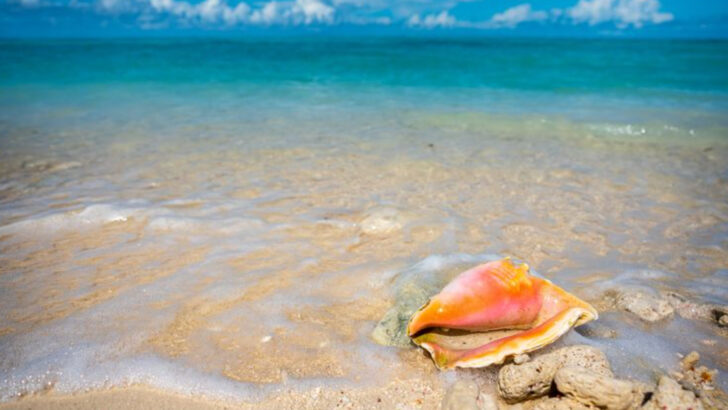Dry Tortugas National Park, located about 70 miles west of Key West, Florida, offers a unique habitat for a variety of wildlife.
This remote park, primarily accessible by boat or seaplane, is a sanctuary for both terrestrial and marine species.
With its rich biodiversity and historical significance, Dry Tortugas is a paradise for nature enthusiasts and history buffs alike.
Here, we explore ten remarkable animals that thrive in this vibrant ecosystem.
Loggerhead Sea Turtle
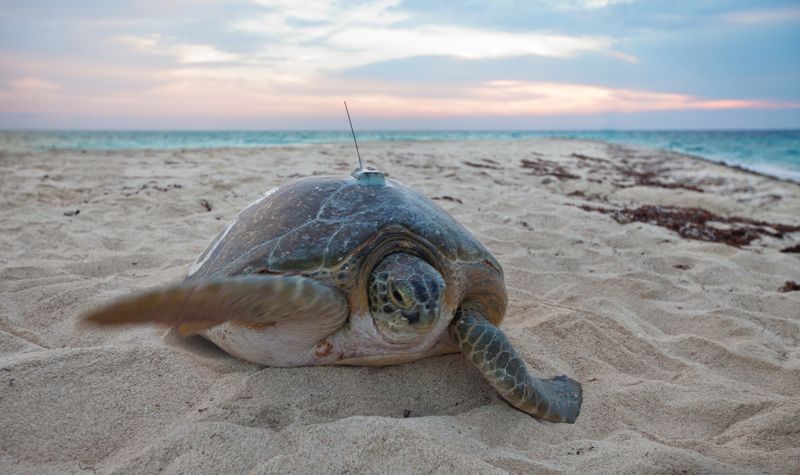
With a shell as intricate as a mosaic, the Loggerhead Sea Turtle is a sight to behold. These magnificent creatures are known to frequent the warm waters of Dry Tortugas, where they find ample food and nesting grounds.
Loggerheads are particularly special because of their long migrations across oceans. Despite being slow on land, they glide effortlessly underwater.
Did you know? Female Loggerheads return to the beach where they were born to lay their eggs. This remarkable homing instinct is key to their survival. Unfortunately, they are considered a vulnerable species due to habitat loss and fishing threats.
Magnificent Frigatebird

High above the azure waters, the Magnificent Frigatebird commands the skies with elegance. Known for their impressive wingspan and forked tails, these birds are a staple in Dry Tortugas.
Their aerial prowess is unmatched, often seen gliding effortlessly for miles without flapping their wings. Their distinctive red throat pouches, seen in males, are inflated during mating displays.
Interestingly, they are known as “pirate birds” because they often steal food from other seabirds mid-flight. This unique behavior adds to their fascinating nature and is a testament to their adaptability.
Queen Conch
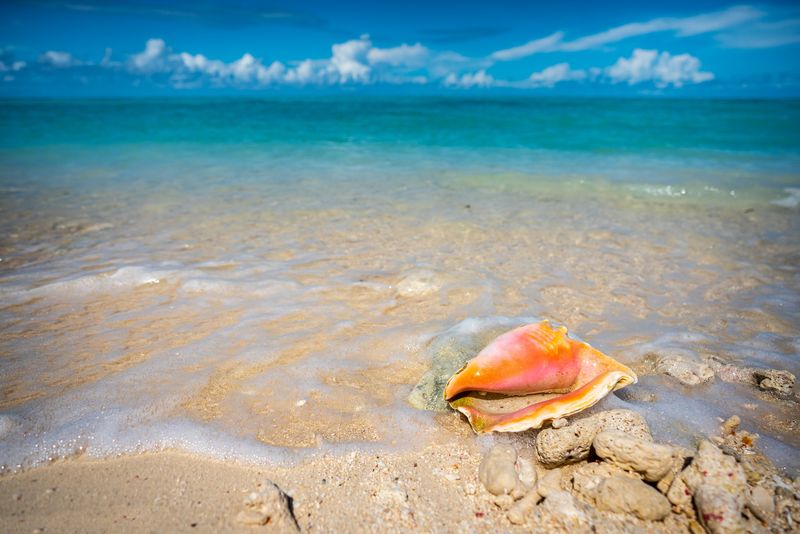
The Queen Conch, with its iconic pink shell, is a charming resident of the Dry Tortugas’ seafloor. Revered for both its meat and shell, it plays a significant role in marine ecosystems.
These mollusks are grazers, feeding on algae and keeping the marine environment balanced. They are often found on sandy bottoms and seagrass beds.
Conchs have a fascinating history; their shells were used as trumpets by indigenous cultures. However, overfishing has led to their decline, prompting conservation efforts to ensure their continued presence in these waters.
Nurse Shark
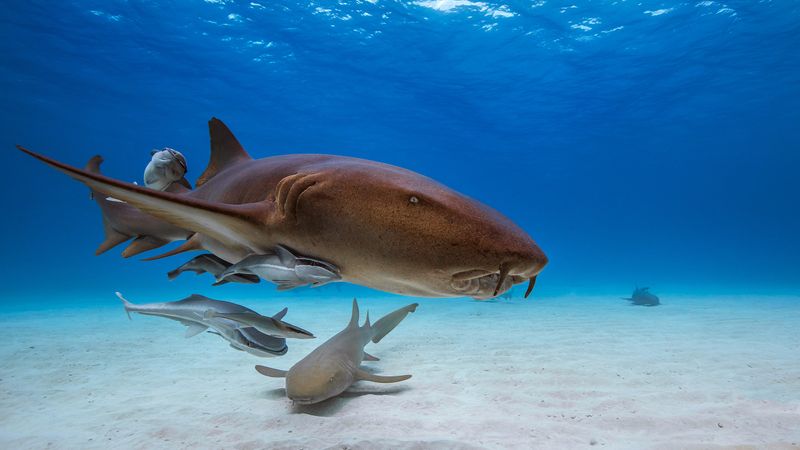
Often found resting on sandy bottoms, the Nurse Shark is a gentle giant of the Dry Tortugas. Despite their size, these sharks are non-aggressive and pose no threat to humans.
They are nocturnal creatures, hunting small fish and invertebrates at night. During the day, they can be seen basking in the sun near coral reefs.
These sharks have a unique method of “suction feeding,” drawing prey into their mouths with a powerful vacuum force. This adaptation is crucial for their survival in the diverse marine ecosystem of Dry Tortugas.
Brown Pelican
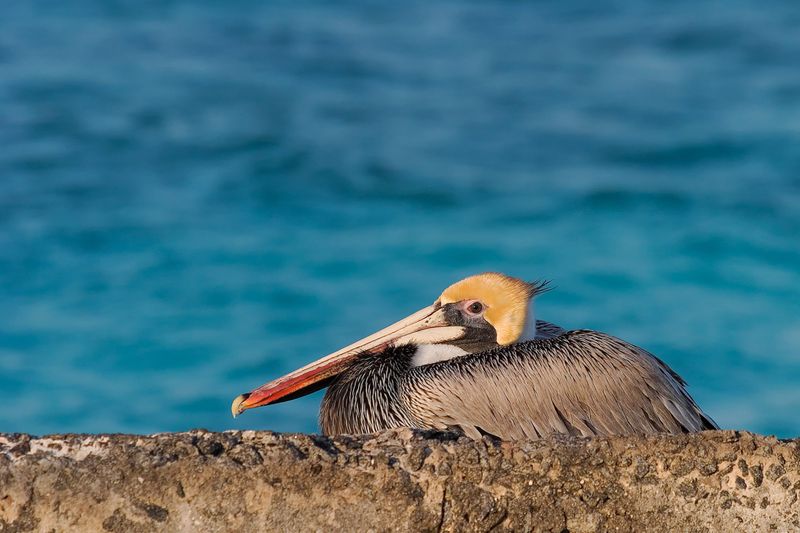
With an impressive diving technique, the Brown Pelican is a captivating sight. In Dry Tortugas, they are often seen plunging from significant heights to catch fish with precision.
Their large bills and expandable throat pouches are perfectly adapted for scooping up prey. Watching these birds dive is like witnessing nature’s own acrobatics.
Once threatened by pesticide use, Brown Pelican populations have rebounded thanks to conservation efforts. Today, they thrive in the park’s rich waters, providing endless fascination for birdwatchers and nature lovers alike.
Sooty Tern
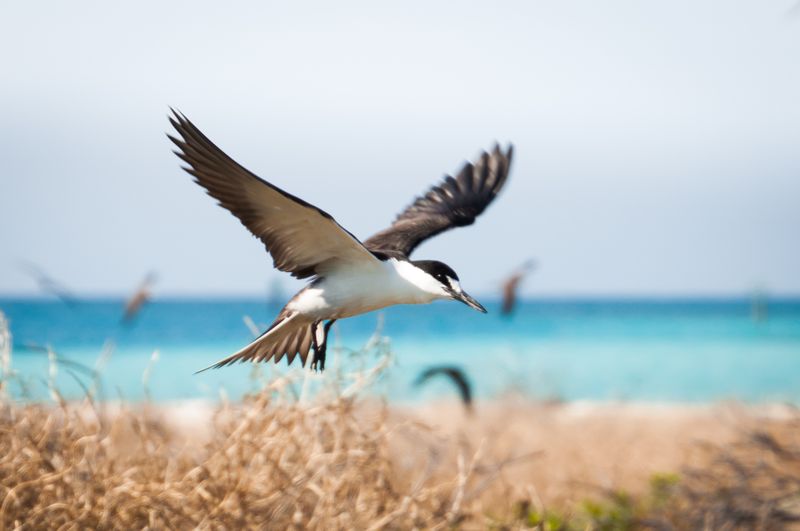
Sooty Terns, with their swift flight and sharp calls, gracefully glide over the turquoise waters of Dry Tortugas National Park. These seabirds thrive in this remote paradise, nesting on the sandy beaches and foraging at sea. With an aerodynamic body and striking black-and-white plumage, they are a marvel to behold.
Did you know that Sooty Terns can spend years at sea without touching land? Their resilience and adaptability make them a fascinating study for ornithologists. Visitors to the park often delight in observing their synchronized aerial displays.
Spotting these birds is a highlight of any visit.
Goliath Grouper
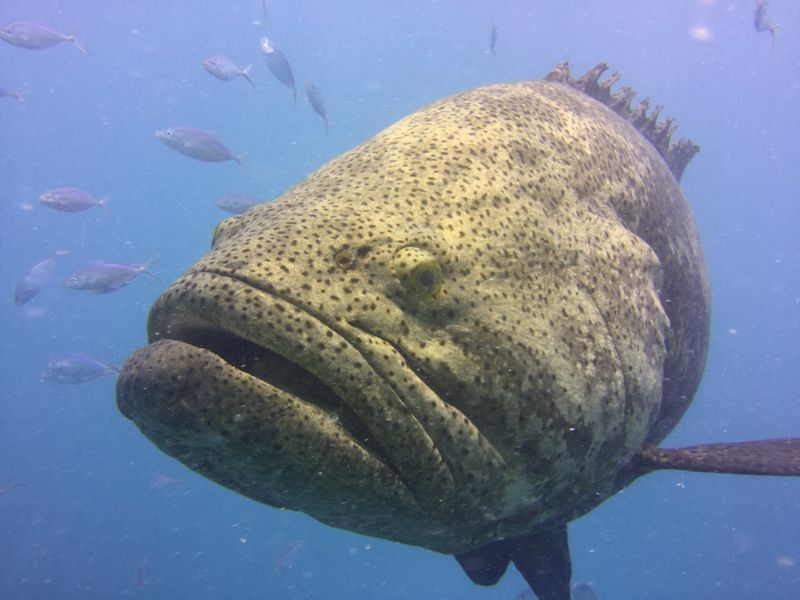
In the bustling underwater world of Dry Tortugas, the Goliath Grouper reigns supreme. These formidable fish, known for their immense size, can weigh up to 800 pounds. Despite their intimidating appearance, they are gentle giants, calmly patrolling the coral reefs.
Their presence is crucial to maintaining the ecological balance of the reef. Often found near shipwrecks, Goliath Groupers are a favorite subject for underwater photographers and marine biologists alike.
Their deep, resonant calls echo through the water, a unique way of communicating with each other and asserting their territory.
White-tailed Tropicbird
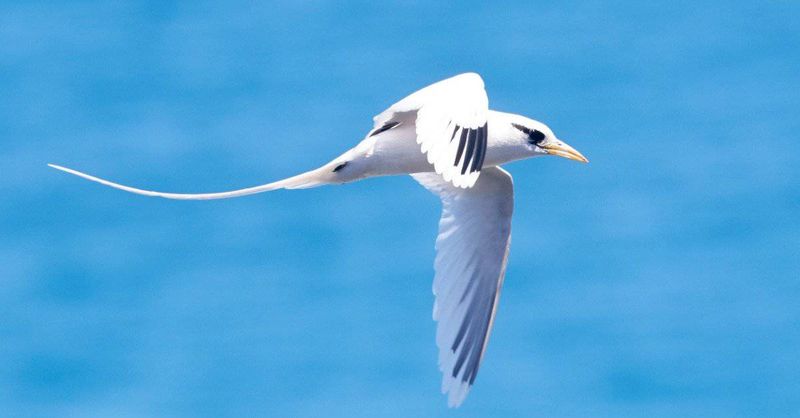
The elegant White-tailed Tropicbird is a sight to behold as it soars gracefully over Dry Tortugas. Its long, trailing tail feathers and bright white plumage create a striking contrast against the azure sky. These birds are known for their acrobatic flight patterns, often engaging in playful aerial displays.
They nest in the crevices of rocky cliffs, preferring secluded spots that offer protection from predators. Observing their courtship dances is a treat for birdwatchers.
Their ethereal beauty and spirited flights make them a beloved symbol of the park’s vibrant avian life.
Hawksbill Sea Turtle
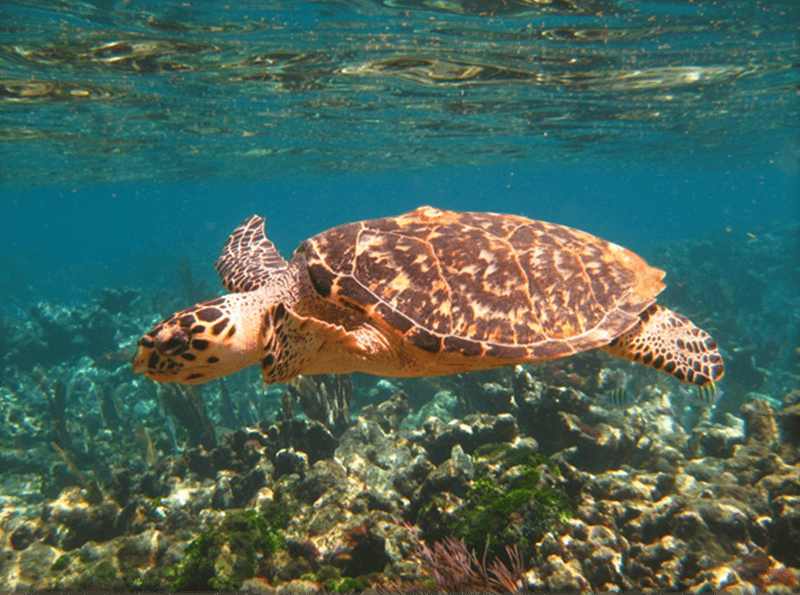
The elusive Hawksbill Sea Turtle is a cherished inhabitant of Dry Tortugas National Park. Known for their beautifully patterned shells, these turtles are vital to the health of the coral reefs, as they feed on sponges, maintaining the balance of the ecosystem.
Their migrations are long and mysterious, with females returning to the beaches where they were born to lay eggs. This ancient ritual is awe-inspiring.
Protecting the Hawksbill’s habitat is crucial for ensuring their survival, as they are critically endangered. Their presence is a testament to the park’s conservation efforts.
Great White Heron
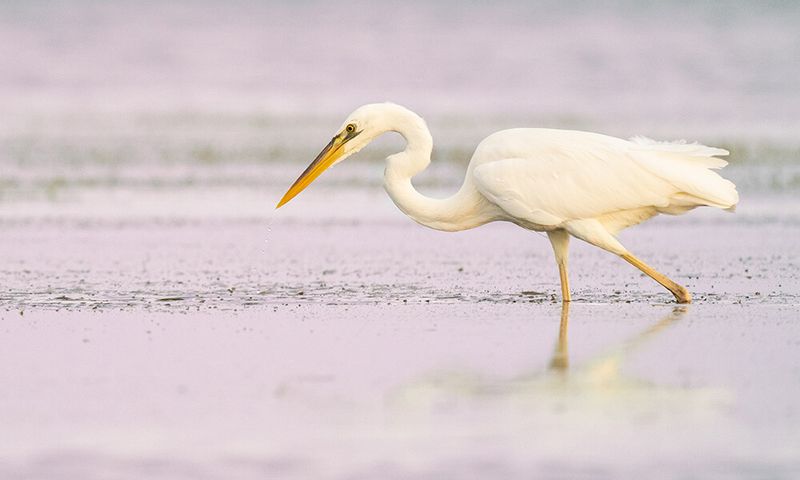
Tall and elegant, the Great White Heron is a majestic presence in Dry Tortugas National Park. Often seen wading through the shallow waters, these herons use their long legs and sharp beaks to catch fish and other small aquatic creatures.
Unlike its more common relative, the Great Blue Heron, this heron is predominantly white, making it a striking figure against the lush landscape. Bird enthusiasts admire their poised hunting techniques and serene demeanor.
The Great White Heron symbolizes the pristine beauty and tranquility of Dry Tortugas, making it a favorite among visitors and nature photographers.

